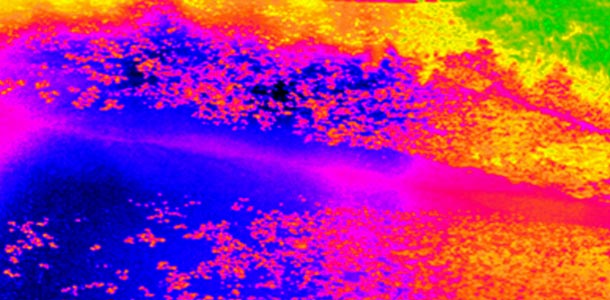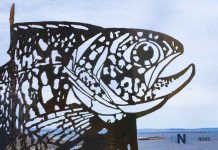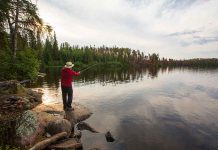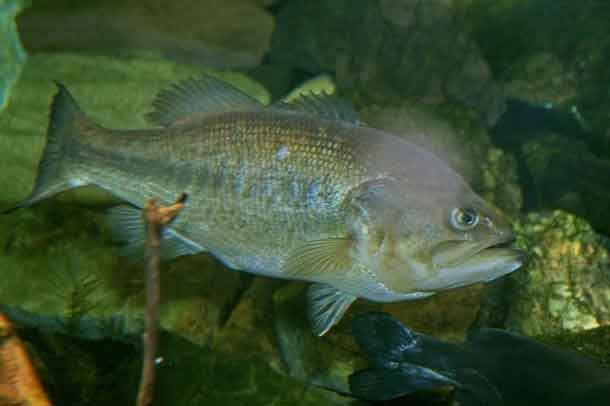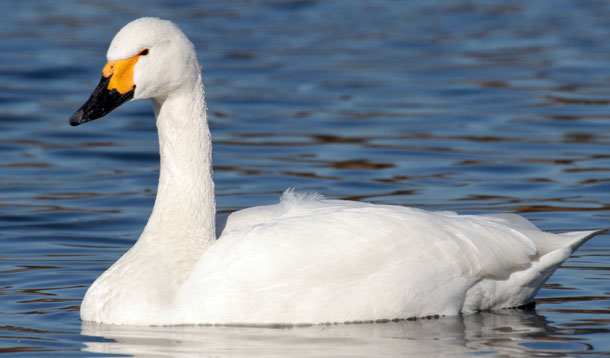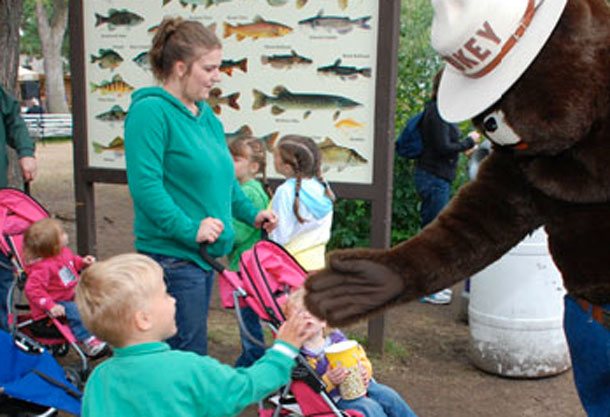
Share the Passion – Minnesota State Fair
ST. PAUL MN – The Minnesota Department of Natural Resources’ (DNR) theme for the 2013 Minnesota State Fair is Share the Passion–Fish Minnesota. The State Fair runs Aug. 22- Sept. 2. A wide range of free educational exhibits, presentations and entertainment, including several new activities and displays, will be part of the DNR’s popular exhibit.
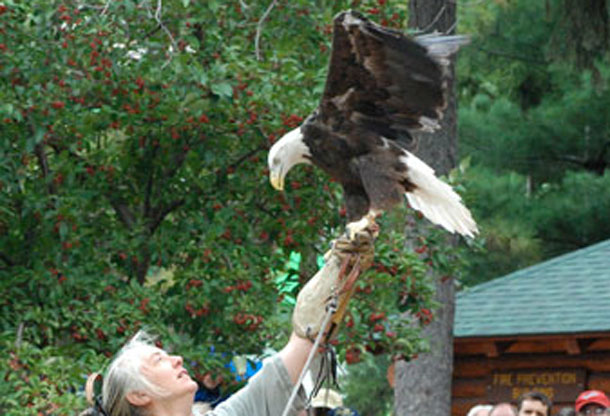
There will also be several demonstrations on the DNR Volunteer Outdoor Stage and the Garden Stage (on the west side of the building) about a variety of topics including state parks, ATV’s, birds, DNR K-9 unit, campfires, fishing, aquatic and terrestrial invasive species, laser fire extinguishing, prairies, biking and water trails.

One of the Minnesota State Fair’s perennial favorites has gotten a major facelift that should make it even more popular with visitors.
The indoor fish exhibit at the Minnesota Department of Natural Resources (DNR) building has been completely redone. Five new fish tanks will illustrate the habitat and fish found in different Minnesota waters: a southeastern trout stream, the St. Croix River, and lakes typical of central, southern and northern Minnesota. Nine new terrariums featuring live snakes and amphibians in climate controlled cells also were added.
“By focusing on fish communities and their habitat, we hope people will gain a better understanding of how good angling depends on healthy ecosystems,” said DNR East Metro Fisheries Manager TJ DeBates. The DNR’s east metro fisheries crew stocks and manages the State Fair fish exhibit.
The tanks that previously offered fair visitors a close-up look at native fish were nearly 30 years old and in poor condition. The new tanks are lower to the ground, making them more accessible to viewers of all sizes and abilities. They also have new heaters and pumps to maintain healthier conditions for their aquatic inhabitants.
The $460,000 renovation was funded by bonding money approved by the Minnesota Legislature and appropriated to the DNR to maintain safe and accessible facilities. An estimated 800,000 people visit the DNR’s State Fair exhibit, which also features an outdoor fish pond that is slated for renovation. Nearly 2 million Minnesotans fish, making it one of the state’s most popular pastimes.
Here are descriptions of the five new tanks
Northern Minnesota lake tank: This tank shows a lake with low primary productivity. These lakes have low algal production, and consequently, often have clear waters, with high drinking-water quality. The bottom waters of such lakes typically have ample oxygen; thus, such lakes often support many fish species, like lake trout, which require cold, well-oxygenated waters. In Minnesota, these lakes are associated with granite and rocky bedrock bottoms.
Central Minnesota lake tank: This tank shows a lake with an intermediate level of productivity. These lakes are commonly clear water lakes and ponds with beds of submersed aquatic plants and medium levels of nutrients. These are very good bass and panfish lakes due to the presence of native aquatic plants. These lakes have a mix of sand, muck, and rock, both hard and soft bottom areas.
Southwestern Minnesota lake tank: This tank shows a lake with high biological productivity. Due to excessive nutrients, especially nitrogen and phosphorus, these water bodies are able to support an abundance of aquatic plants. Usually the water body will be dominated either by aquatic plants or algae. When aquatic plants dominate, the water tends to be clear. When algae dominates, the water tends to be darker. The algae engages in photosynthesis which supplies oxygen to the fish and biota which inhabit these waters. Occasionally an excessive algae bloom will occur and can ultimately result in fish kills due to respiration by algae and bottom-living bacteria. These lakes have mostly soft bottoms consisting of muck and dead organic material, but can have sand and rock substrates depending on the geology of the area.
Southeastern Minnesota trout stream tank: This tank displays different levels (gradient) within a typical trout stream in southern Minnesota, many of which have riffles or areas that oxygenate the water. In southeastern Minnesota, the combination of consistent spring water (typically 48-52 F) and bedrock consisting of limestone (calcium carbonate) make for productive cold water trout environments. Aquatic insect’s exoskeletons are made of calcium carbonate and in southeastern Minnesota there is plenty to go around. The trout in this part of the state grow fast due to the high levels of aquatic insects available as a food resource. Also, gravel bottoms are vital for the natural reproduction of both brown and brook trout. Increased development and agricultural practices can promote sedimentation and loss of gravel beds for spawning.
Warm-cool water large river tank: This tank displays a variety of habitats from sand to muck to rock to large woody debris. The diversity of habitat translates to a diverse fish community. Large rivers in Minnesota have fish communities consisting of both game fish (walleye, catfish, sauger, muskellunge, smallmouth bass) and nongame species (sucker species, gizzard shad, and various minnows species, gar, paddlefish).








